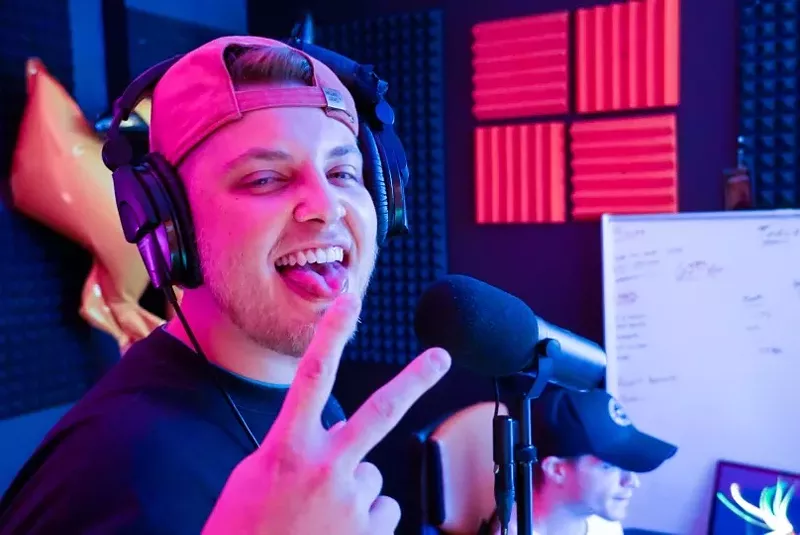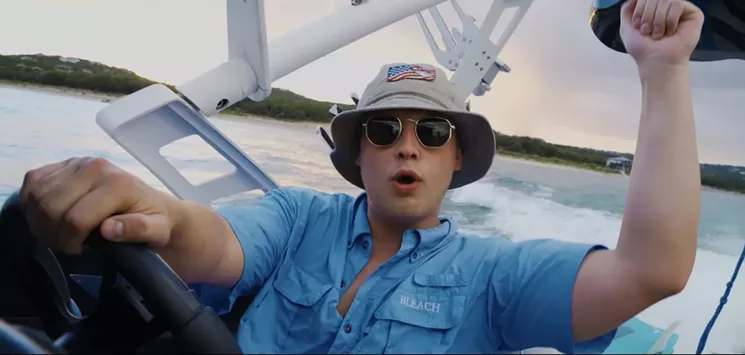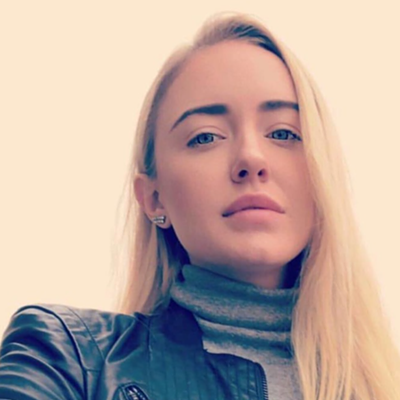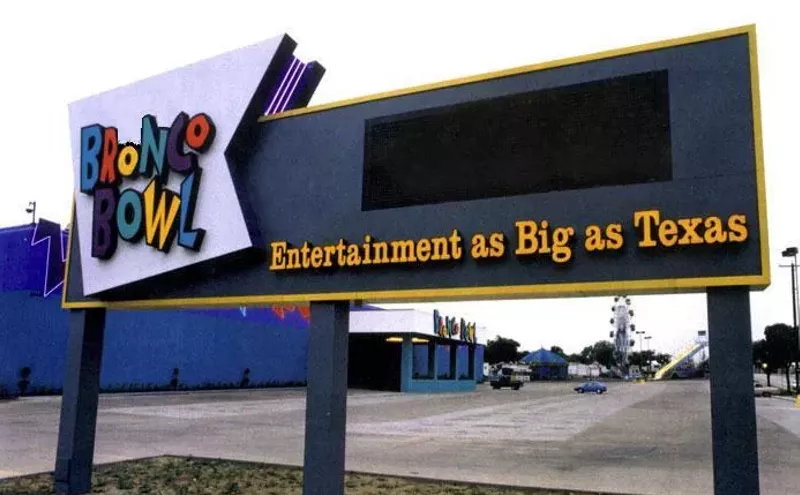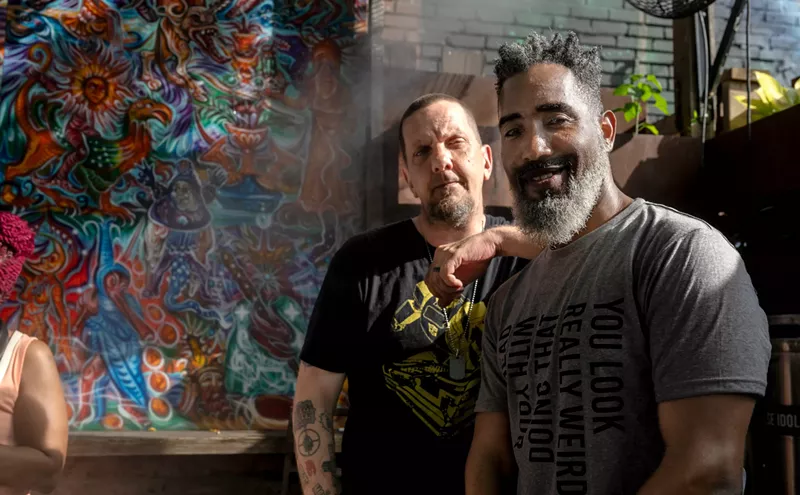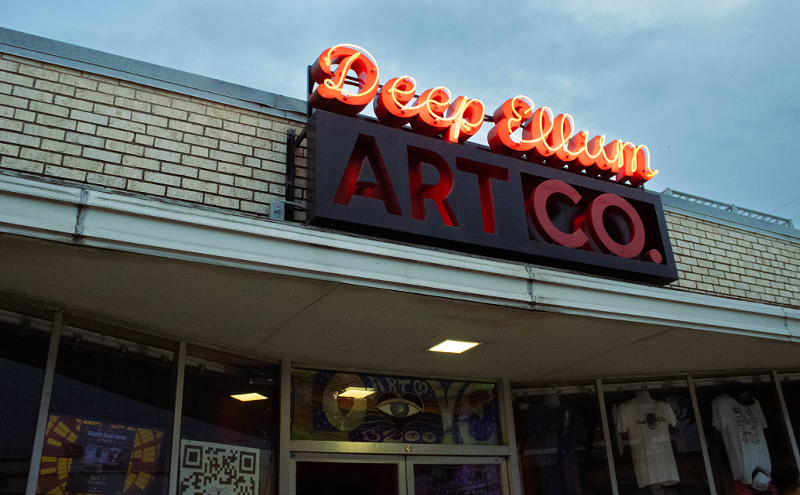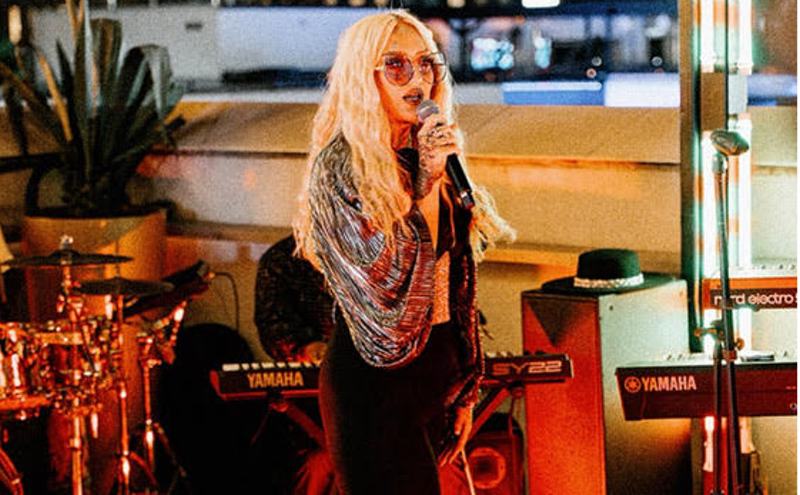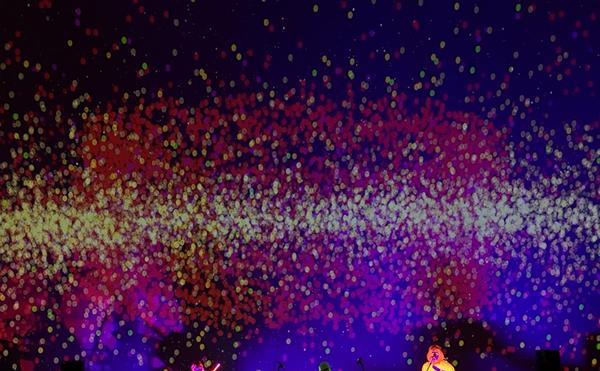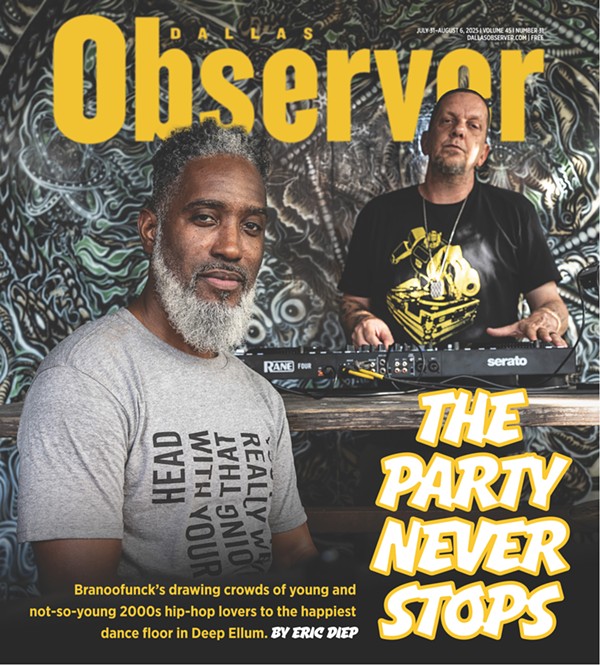When rapper Patrick “Peej Capeesh” Jackson found himself in an unlikely position to pursue his music, he made a new path for himself.
Born in Nebraska, the artist moved to the suburb of Allen at age 8, eventually joining a group of Dallas skateboarders and clothing designers who later founded the popular clothing brand, Bleach USA. But his dalliance with the world of skateboarding never lived up to his first love: rap music.
“I’m kind of the music side of it,” says Peej on being the only musician amongst a group of skaters and designers. “I’d skate here and there, but music was my thing.”
Peej’s endeavors in music precede his high school years, when he trained himself from an early age.
“No one in my family really makes music," he says. "I grew up listening to Motown and classic rock and just always just had a knack of wanting to perform and showcase something. I didn’t know what it was at the time, but I was a little kid singing Jackson 5 on my porch and shit.”
Once he discovered hip-hop, Peej's ambition solidified. He started freestyling regularly with friends in the ninth grade and recording over YouTube instrumentals. Toward the end of high school, he moved to Austin and began to take his music more seriously.
“I was oblivious to the confidence. I just thought it was fun,” he says. “Moving pushed me to try harder. Doing live performances, meeting people, producers. I became way more glued in on the writing and production side of it.”
During his time in Austin, Peej’s music diversified, and he found a sound of its own. It started as more “'90s boom-bap rap,” as he calls it, and evolved to include a wide variety of styles and live instrumentation.
“I still touch back on the '90s sounds, but I’m always trying to do experimental shit, whatever can take me to the next level,” says Peej, who is planning his first in-studio performance with a full live band. “I really love the brass. Like in my song ‘Capeesh,’ it has the horns in it, and it just sounds triumphant to me. Then in ‘Nonsense’ we added Julian Gargulio on guitar after it was made and it completely changed it.
"I don’t care if it's guitar, piano, synth, organ, I just want to be able to make the sound more present, and live instruments do that.”
Peej’s style reflects his consistent growth as an artist. One of his lyrics states, “I came from the midst of the West, now Texas what I represent.”
So how does a giggly skater boy from the suburbs become a well-known rap artist? To this, he says, “I’m lucky I’m social.”
Not your typical aesthetic for a rapper, Peej’s sophisticated fashion sense is contradictory to his musical genre in many ways. Rather than trying to be something he’s not, though, he plays around with his stereotypes, making music videos that play up his “white boy” façade.
While one of his videos features the light-eyed, blond rapper in a preppy Polo shirt causing mayhem on the golf course, another follows him in a baby blue PFG and bucket hat cruising his boat on the lake. In the latter video, you see him move from the driver’s seat to wake surfing behind the boat, both hobbies typically associated with the elite. Of course, these scenes are cut with shots of him dancing between various sets of shaking booties.
Though some of his videos may seem like a joke, it’s a mechanism of survival for a “white boy” in the field of rap, he says. From his early days listening to Motown on his porch in Nebraska to rapping in the back of his car and eventually on his boat in Texas, Peej thrives on exploring new realms.
“Some people like to stick to the script, but I like to showcase different sides of myself,” he says. “You’re going to get music of all different ranges. Whether you’re in the whip, at a show, on your couch, I’m going to have a song to fit every situation.
"That’s my goal in music. I like to be able to test myself.”

Audio By Carbonatix
[
{
"name": "GPT - Billboard - Slot Inline - Content - Labeled - No Desktop",
"component": "21721571",
"insertPoint": "2",
"requiredCountToDisplay": "2"
},{
"name": "STN Player - Float - Mobile Only ",
"component": "21861991",
"insertPoint": "2",
"requiredCountToDisplay": "2"
},{
"name": "Editor Picks",
"component": "17105533",
"insertPoint": "4",
"requiredCountToDisplay": "1"
},{
"name": "Inline Links",
"component": "18349797",
"insertPoint": "8th",
"startingPoint": 8,
"requiredCountToDisplay": "7",
"maxInsertions": 25
},{
"name": "GPT - 2x Rectangles Desktop, Tower on Mobile - Labeled",
"component": "22608066",
"insertPoint": "8th",
"startingPoint": 8,
"requiredCountToDisplay": "7",
"maxInsertions": 25
},{
"name": "Inline Links",
"component": "18349797",
"insertPoint": "8th",
"startingPoint": 12,
"requiredCountToDisplay": "11",
"maxInsertions": 25
},{
"name": "GPT - Leaderboard to Tower - Slot Auto-select - Labeled",
"component": "17357520",
"insertPoint": "8th",
"startingPoint": 12,
"requiredCountToDisplay": "11",
"maxInsertions": 25
}
]

